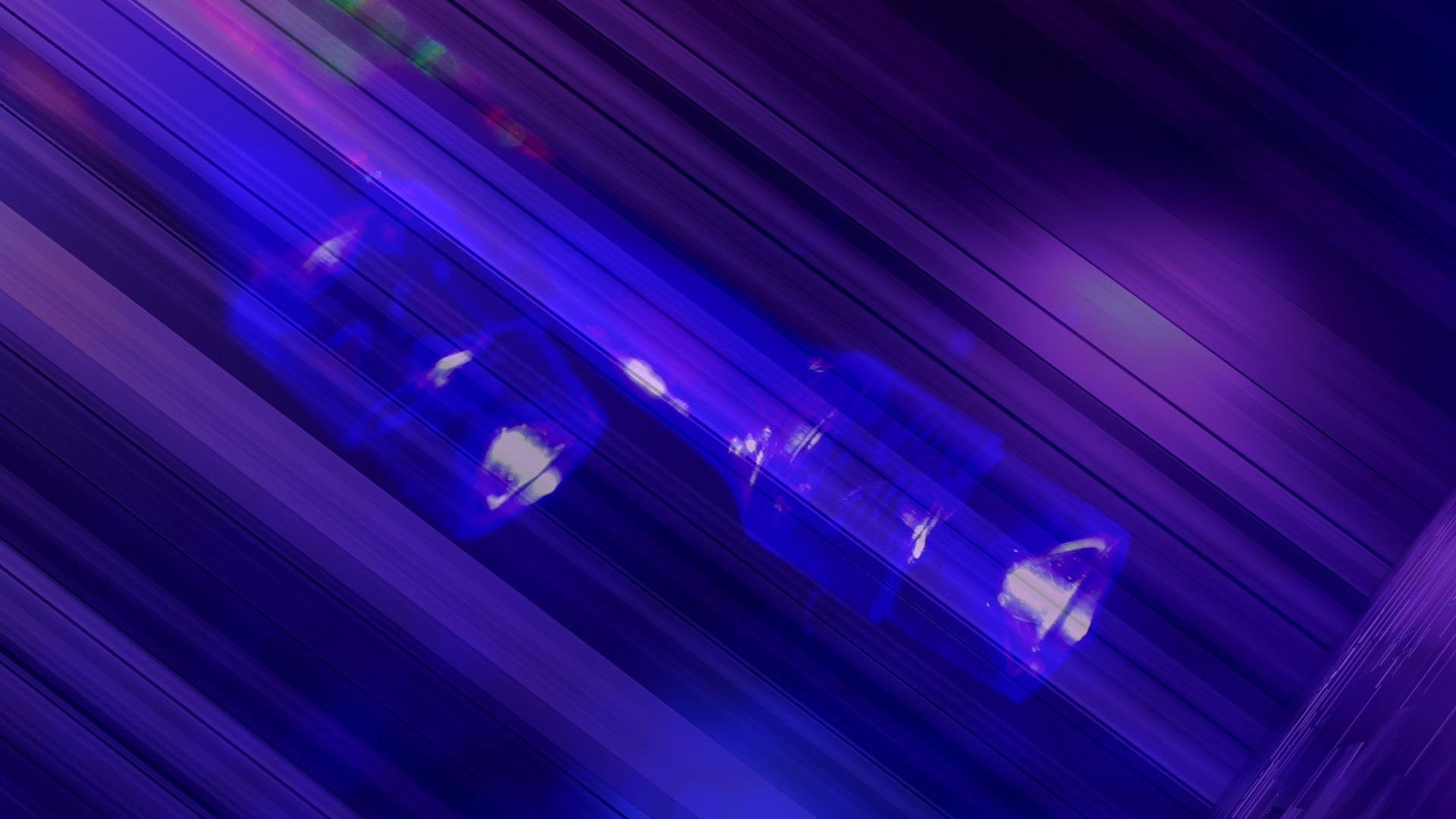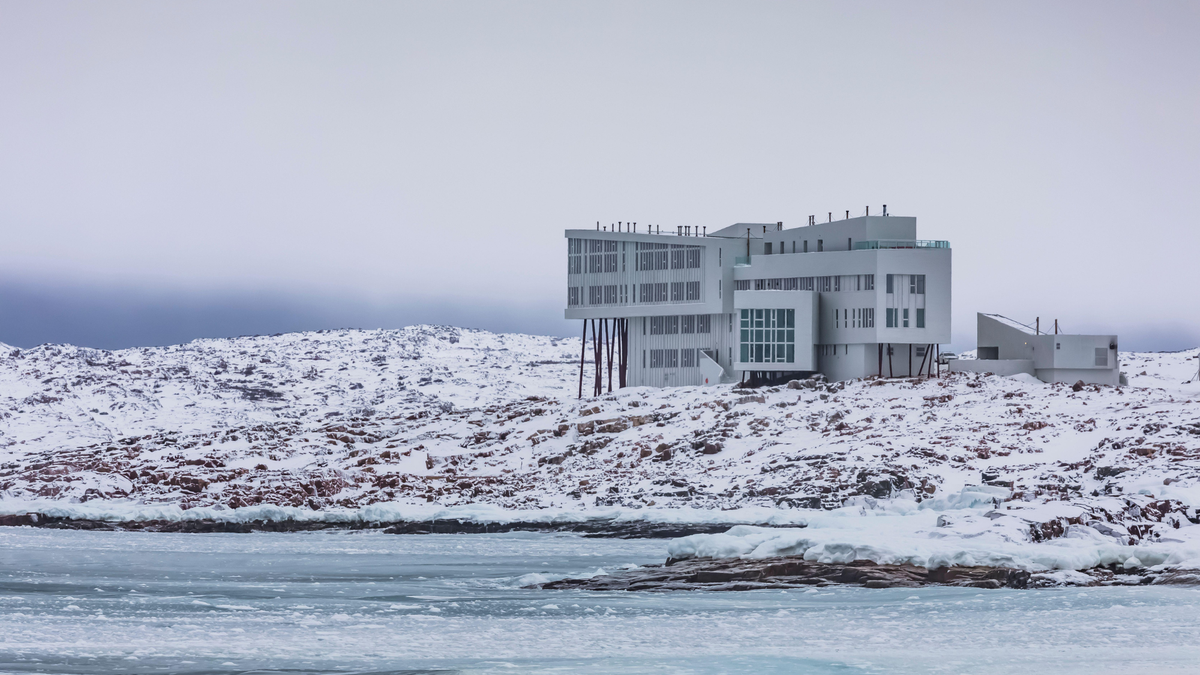
UVB has a lot of works by using today but calls for inefficient and harmful resources to develop. A collaborative energy involving Kyushu University and Johannes Gutenberg University Mainz created a technique exactly where blue LED gentle is upconverted to UVB mild. Additionally, the process utilizes only organic and natural supplies, opening the doorway for a much more sustainable and eco-pleasant method of making UVB gentle. Credit: Kyushu University
Researchers from Japan and Germany have devised a novel, sustainable approach for converting blue LED gentle into UVB.
An intercontinental staff from Japan and Germany has created a technique that transforms blue LED light into higher-vitality Ultraviolet B (UVB) light-weight.
The new process, which does not count on toxic and inefficient elements historically employed for UVB output, offers a additional sustainable and environmentally friendly option for UVB applications. The conclusions have been printed in the journal Angewandte Chemie.
It is tough to steer clear of converse about ultraviolet light—especially through the summertime. These large-energy rays made by the solar are outdoors the noticeable mild spectrum and a effectively-identified culprit for suntans and sunburns. UV light is subdivided into a few kinds depending on its wavelength: A, B, and C. UVA includes the extensive-wave UV mild that reaches the floor of Earth, while shorter-wave UVB and UVC are generally absorbed by the ozone layer.
Even so, researchers have observed that artificially produced UVB and UVC are useful in apps such as disinfection. UVB specially has been applied in processes such as photochemical reactions, detoxing of pollutants, and wastewater treatment. It is even applied in the medical subject in solutions for skin diseases this sort of as
One way around this is to generate UVB by ‘upconverting’ the light produced by LEDs. Upconversion is a method in which a material absorbs two photons of light of lower energy and combines their energy to emit one photon of higher energy light. The method usually occurs using a series of organic materials.
Over the years, two research teams in Japan and Germany, led by Nobuhiro Yanai of Kyushu University’s Graduate School of Engineering and Christoph Kerzig of the Johannes Gutenberg University Mainz, respectively, have been working on evaluating various compounds for upconverting blue light from LEDs into UV light.
“Blue LED light’s wavelength is the closest on the visible light spectrum to UV light. We’ve had success in converting longer-wavelength blue LED light into shorter-wavelength UVA. So, our next step was to find compounds that could convert blue LED light to UVB,” explains Yanai. “With our collaborators at Mainz, we constructed candidate molecules and began screening their characteristics.”
The collaboration was a profound success, to say the least. Not only were they able to develop molecules that upconverted blue LED light into UVB, but they were also able to avoid the use of heavy metals that are traditionally used in such processes.
“Our investigations show evidence for a hitherto unreported blue-to-UVB upconversion that is also an avenue for safer and more sustainable production of UVB,” concludes Yanai. “However, this first upconversion system is liquid-based and relies on several bimolecular reactions that hamper its stability and long-term usage. Moreover, the current rate of conversion is around 1%, naturally our next goal is to increase efficiency while developing reusable materials for versatile applications.”
Reference: “Blue-to-UVB Upconversion, Solvent Sensitization and Challenging Bond Activation Enabled by a Benzene-Based Annihilator” by Till J. B. Zähringer, Julian A. Moghtader, Maria-Sophie Bertrams, Dr. Bibhisan Roy, Masanori Uji, Prof. Dr. Nobuhiro Yanai and Prof. Dr. Christoph Kerzig, 18 November 2022, Angewandte Chemie.
DOI: 10.1002/anie.202215340
The study was funded by the German Research Foundation, the German Federal Environmental Foundation, and the Japan Society for the Promotion of Science.





